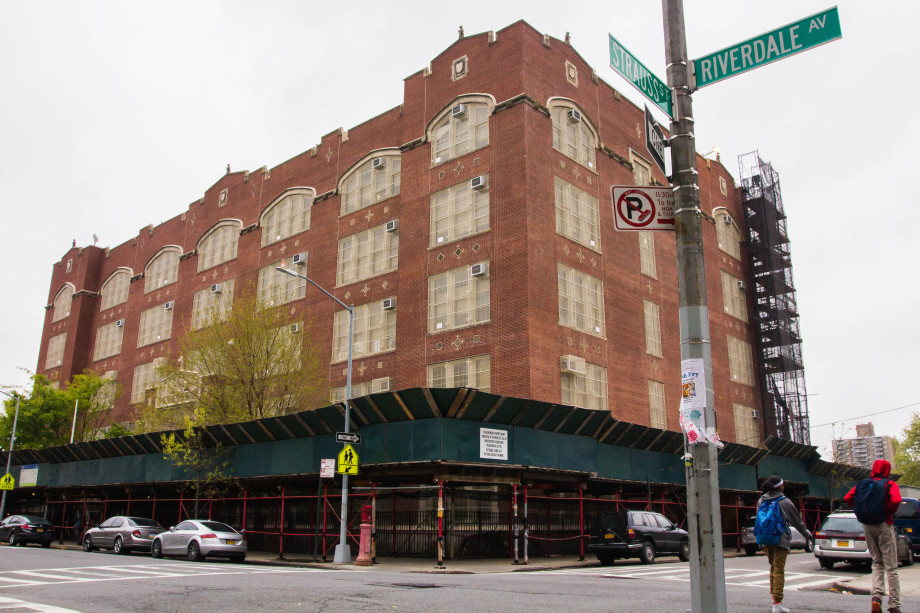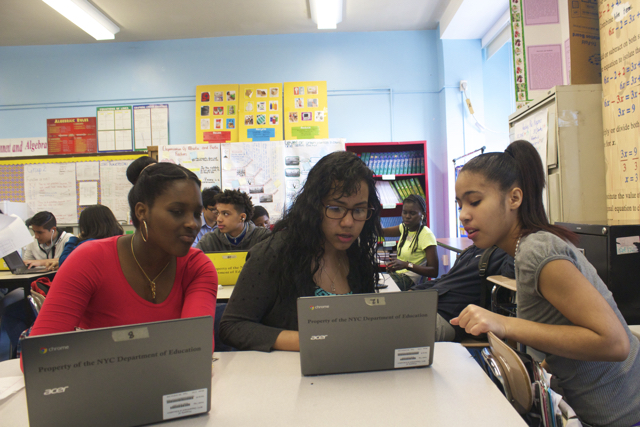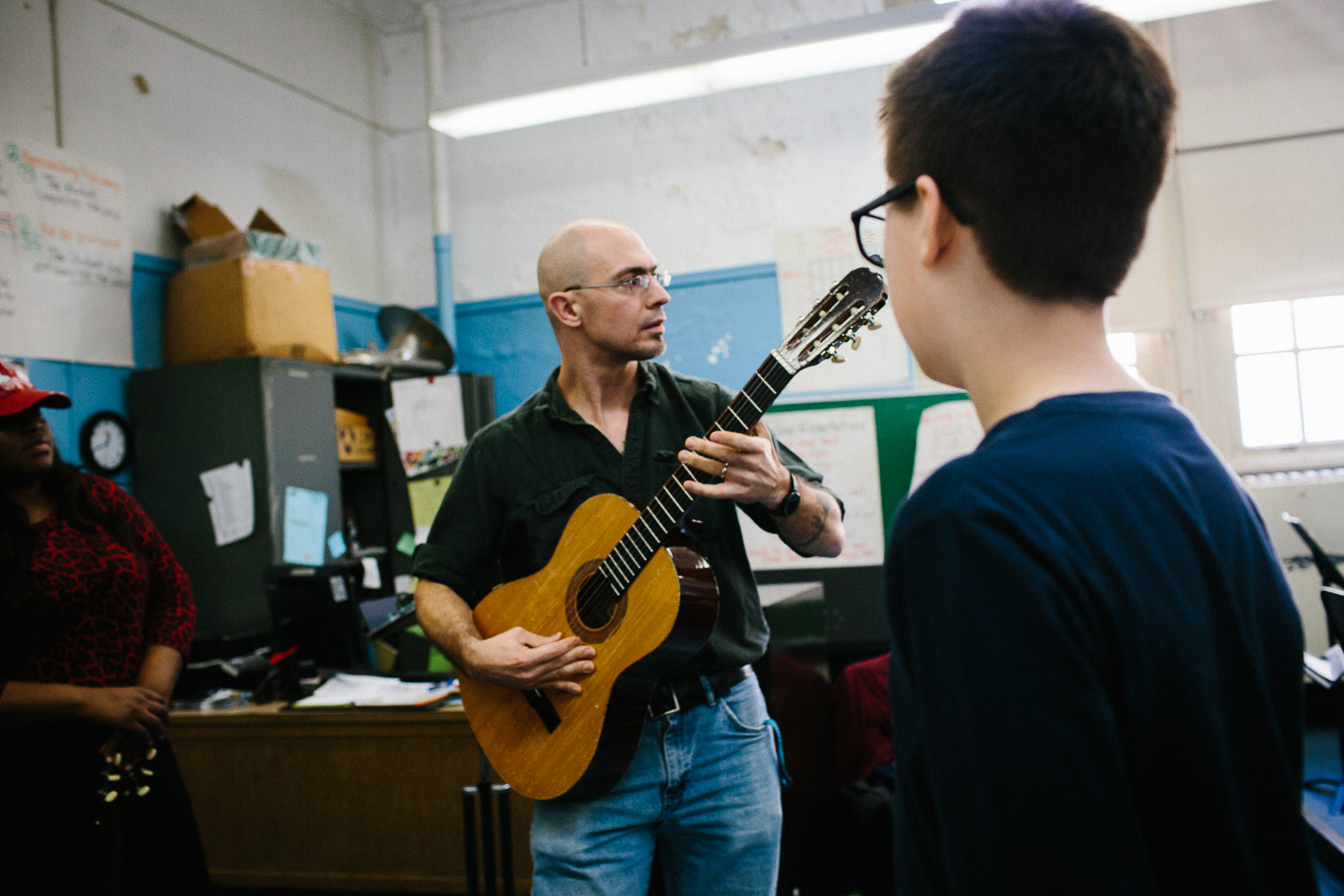At just over five feet tall, Ivi Hiraldo is the same size as many of her seventh-grade students at Public School 61 in Corona, Queens. But she shares more than height with her 30 English as a Second Language (ESL) students. Like many of them, she immigrated to the United States. Just two decades ago, at age 11, Hiraldo sat in the same desks, at the same middle school, in the same neighborhood as her students now sit.
“I get so much support from the students,” said Hiraldo, 31, “and I think it’s because they see I’m one of them.”
The shared immigrant experience of Hiraldo , who still lives in Corona, and her students reflects a much broader trend in New York City public schools: the increasing need for English as a Second Language services, commonly referred to as ESL.
According to the Department of Education, Queens has the largest number of students requiring ESL services in the city, with more than half who are foreign born. At P.S. 61, almost half of the 2,200 students qualify for ESL services. In many districts, ESL is offered as a supplementary or additional service; at P.S. 61, it’s offered as a core subject, alongside reading, writing, math, social studies, and science.
Unfortunately, Hiraldo’s own success story—she’s now bilingual and has a master’s degree in education from Hunter College — doesn’t seem as likely today, especially for her students.
Unlike many of them, Hiraldo attended private schools in the Dominican Republic before immigrating. Although transitioning from a small, private school in her home country to an American middle school ready to burst at the seams was “difficult,” it was not unmanageable.
“The material wasn’t as challenging as it was in my country, so it was sort of like, ‘Ugh, okay, this is so boring, I’ve already seen this before,’ ” said Hiraldo. “I had to focus more on the language, not really the content, because I already had that.”
Hiraldo said the majority of her students aren’t ready for the language or the subject. Of her 30 beginning ESL students, she said only a handful are seventh graders academically. A few, she said, are closer to second- or third-grade levels.
Because of her student’s varying levels of academic and language skills, Hiraldo has become an expert code switcher. Her goal: to teach to each individual student’s level.
During one math class, Hiraldo split her students into six clusters called “expert groups.” She circled the room, passed out different math assignments to each group based on their academic level, and explained the assignment in either English or Spanish, depending on the group’s language proficiency. Regardless of ESL status, the class is mostly taught in Spanish.
“Some students are so below grade level, even in their native language,” said Hiraldo. “Sometimes I try to speak to them in English, because that’s where I want to get them, but I need to do it mostly in Spanish, or else they won’t get anything.”
Because Hiraldo had mastered much of the academic content before immigrating, her focus was solely on acquiring the English language. Within two years, Hiraldo had transitioned out of the ESL program, and into the general education classes, where she received honors.
She doesn’t attribute her success to the ESL program, though; she said her parents had instilled the value of education from an early age.
Like many immigrant families, Hiraldo’s parents came to the United States before Hiraldo and her three older siblings. Although her parents were a country away for a few years, they still had a strong hand in her education and upbringing. Her parents’ two yearly visits were planned around the private school’s parent/teacher conferences.
“Before you even have education, you have values,” said Hiraldo. “You come to school to learn the skills, the subject, but the real education, the outside world education, that comes from the home.”
Hiraldo said this is what sets her experience apart from many of her student’s. Her family knew education was her ticket to success, and reminded her every day.
“I don’t really see that engagement from parents enough nowadays,” said Hiraldo. “I understand they are working, and they have so many other things they need to do, but their kid’s education isn’t going the way it should be.”
Hiraldo said she makes every effort to involve parents in their student’s education, and help them navigate the tricky public school system. Still, engagement isn’t where she wants it.
Despite the challenges her students face, Hiraldo has one powerful card to play. Her personal story.
“She’s experienced things most of us in this class have experienced,” said Jocelyn, one of Hiraldo’s seventh-grade students. “So she understands what we’re going through.”
Another seventh grader, Jennifer, said Hiraldo is different from many of her other teachers. “She’s like a second mother,” said Jennifer. “She makes us feel safe.”
Hiraldo said the special bond she has with her students makes all the difference. “You can’t be like, ‘I’m the teacher, you’re the student,’” Hiraldo said. “I tell them, ‘This is what I did to be successful, and this is what you can do too.”



